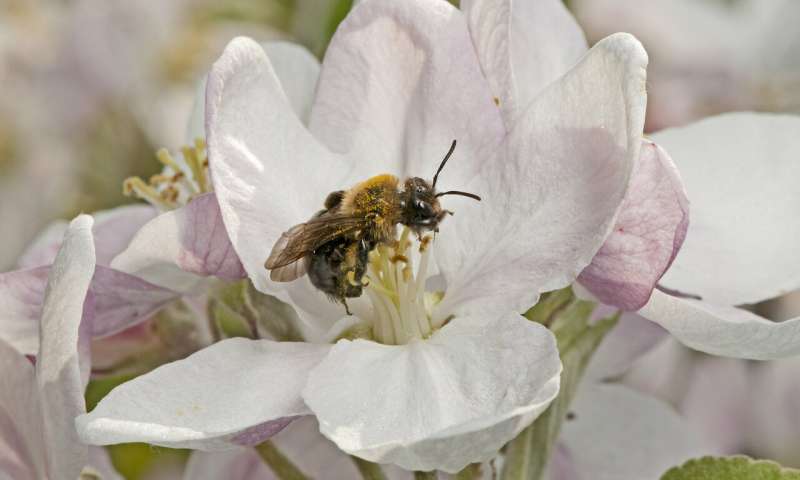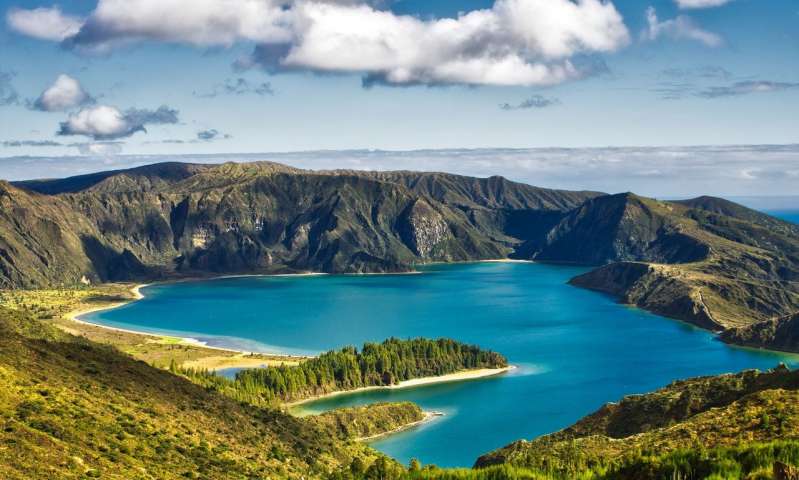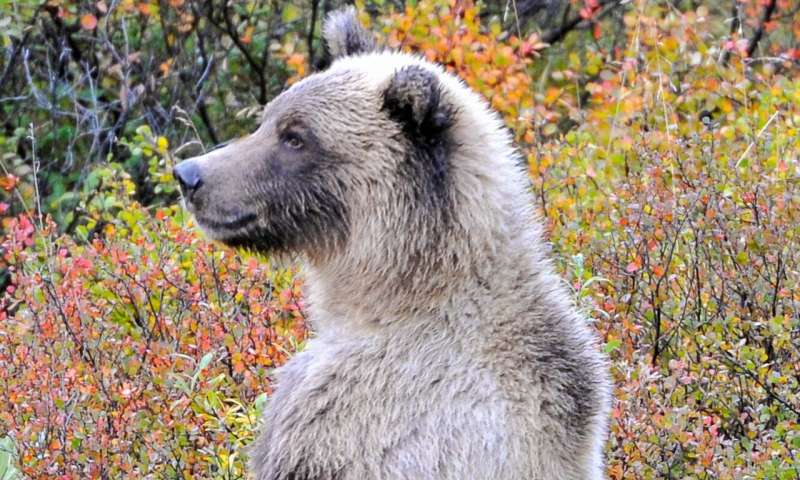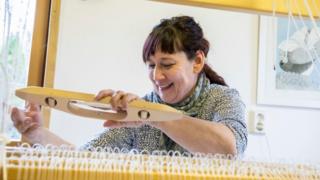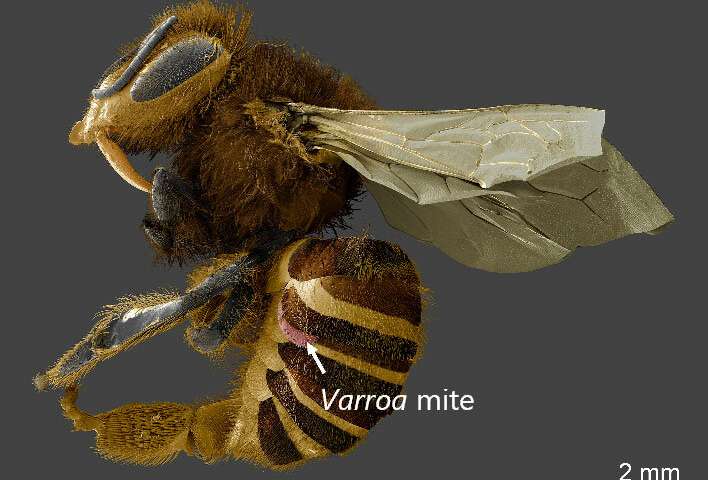Apple orchards surrounded by agricultural lands are visited by a less diverse collection of bee species than orchards surrounded by natural habitats, according to a new Cornell University-led study, published in the journal Science.
Penguins, starfish, whales: Which animals will win and lose in a warming Antarctic?
Marine Antarctic animals closely associated with sea ice for food or breeding, such the humpback whale and emperor penguin, are most at risk from the predicted effects of climate change, finds a new study published in Frontiers in Marine Science. Using risk assessments like those used for setting occupational safety limits in the workplace, scientists from the British Antarctic Survey determined the winners and losers of Antarctic climate-change impacts, which includes temperature rise, sea-ice reduction and changes in food availability. They show that seafloor predators and open-water feeding animals, like starfish and jellyfish, will benefit from the opening up of new habitat.
Researchers set standards for models in biodiversity assessments
Over the past 20 years, more than 6000 studies have used one of the most common classes of biodiversity modeling, species distribution models (SDMs). Over half of the studies using SDMs sought to apply their results to at least one type of biodiversity assessment, including forecasting the effects of climate change on biodiversity, or selecting places for protected areas, habitat restoration, and/or species translocation.
Urbanization may hold key to tiger survival
A new WCS-led study published in the journal Biological Conservation says the future of tigers in Asia is linked the path of demographic transition—for humans. The study marks the first-of-its-kind analysis that overlays human population scenarios with the fate of these endangered big cats.
Conserving large carnivores in Alaska requires overhauling state policy
Large carnivore management in Alaska should be based on rigorous science and monitoring of the status and trends of carnivore populations, according to a Perspective article published January 15 in the open-access journal PLOS Biology by William Ripple of Oregon State University, and colleagues.
Wooden clothes on the recycled Christmas list?
If you’re struggling for an original Christmas present – how about a wooden dress?
Honey bee parasites feed on fatty organs, not blood
Honey bee colonies around the world are at risk from a variety of threats, including pesticides, diseases, poor nutrition and habitat loss. Recent research suggests that one threat stands well above the others: a parasitic mite, Varroa destructor, which specializes in attacking honey bees.
Scientists identify how plants sense temperature
When it gets hot outside, humans and animals have the luxury of seeking shelter in the shade or cool, air-conditioned buildings. But plants are stuck.
A Future for Red Wolves May Be Found on Galveston Island
Red wolves, once nearly extinct, again teeter on the abyss. New research finds red wolf ancestry on Galveston Island — providing opportunities for additional conservation action and difficult policy challenges.
For these birds, climate change spells a rise in fatal conflicts
Researchers have found yet another way in which climate change has been detrimental to migrating birds. As European winters have become warmer, pied flycatchers traveling from Africa over long distances to reach breeding grounds in the Netherlands are arriving to find that resident great tits have already claimed nesting sites for the season. As a result, the number of flycatchers killed in great tit nests has risen dramatically. The work appears January 10 in the journal Current Biology.



